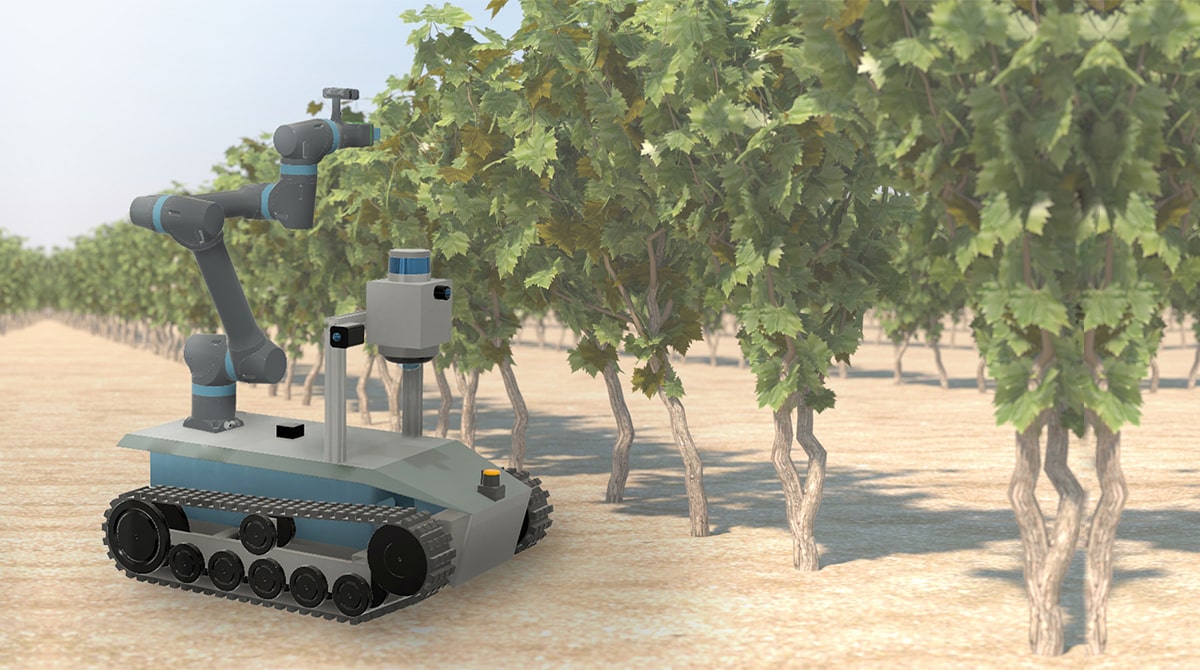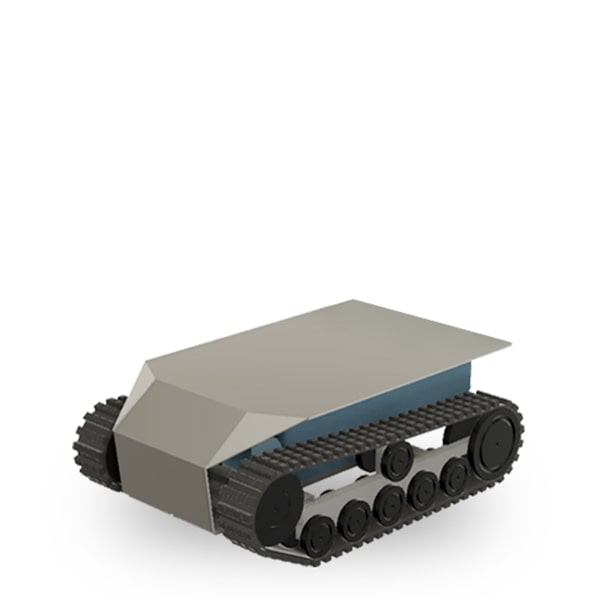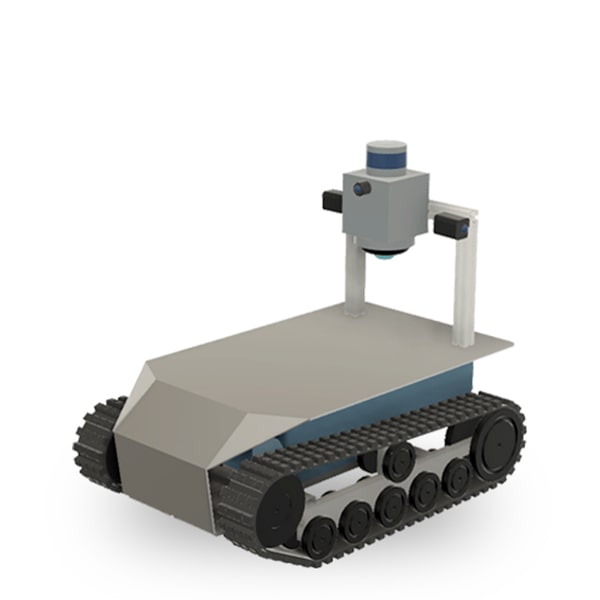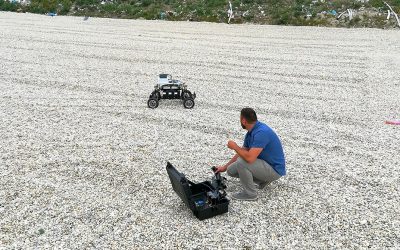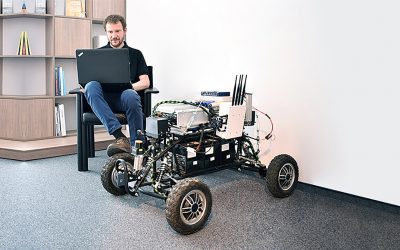LATEST POSTS
Androver II underwent testing for a geological project
Androver II underwent testing for a geological projectJuly 19, 2018 | News A geological research company shown interest in the prototype Androver II mobile robot developed by RoboTech Vision. The robot should become part of a project that...
RoboTech Vision visited the international exhibition Automatica
RoboTech Vision visited the international exhibition AutomaticaJune 21, 2018 | Presentation RoboTech Vision visited the largest exhibition for automation and service robotics in Munich. The team looked at the latest innovations and technologies...
The first test of Androver II was successful
The first test of Androver II was successfulMarch 19, 2018 | Development The Androver II mobile robot developed by RoboTech Vision successfully passed the first test outdoors. The robot is controlled by a teleoperator and is to be part of a...

